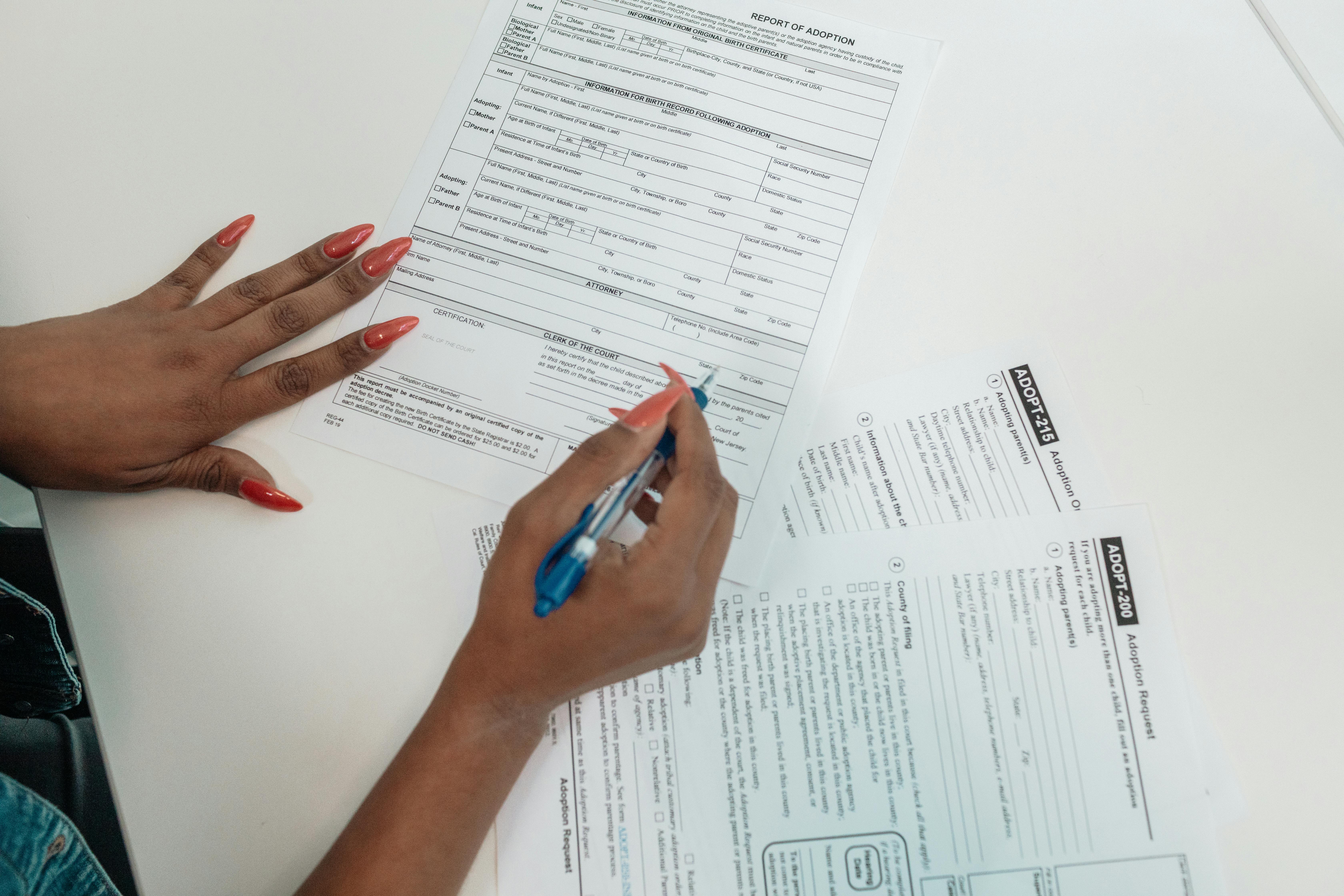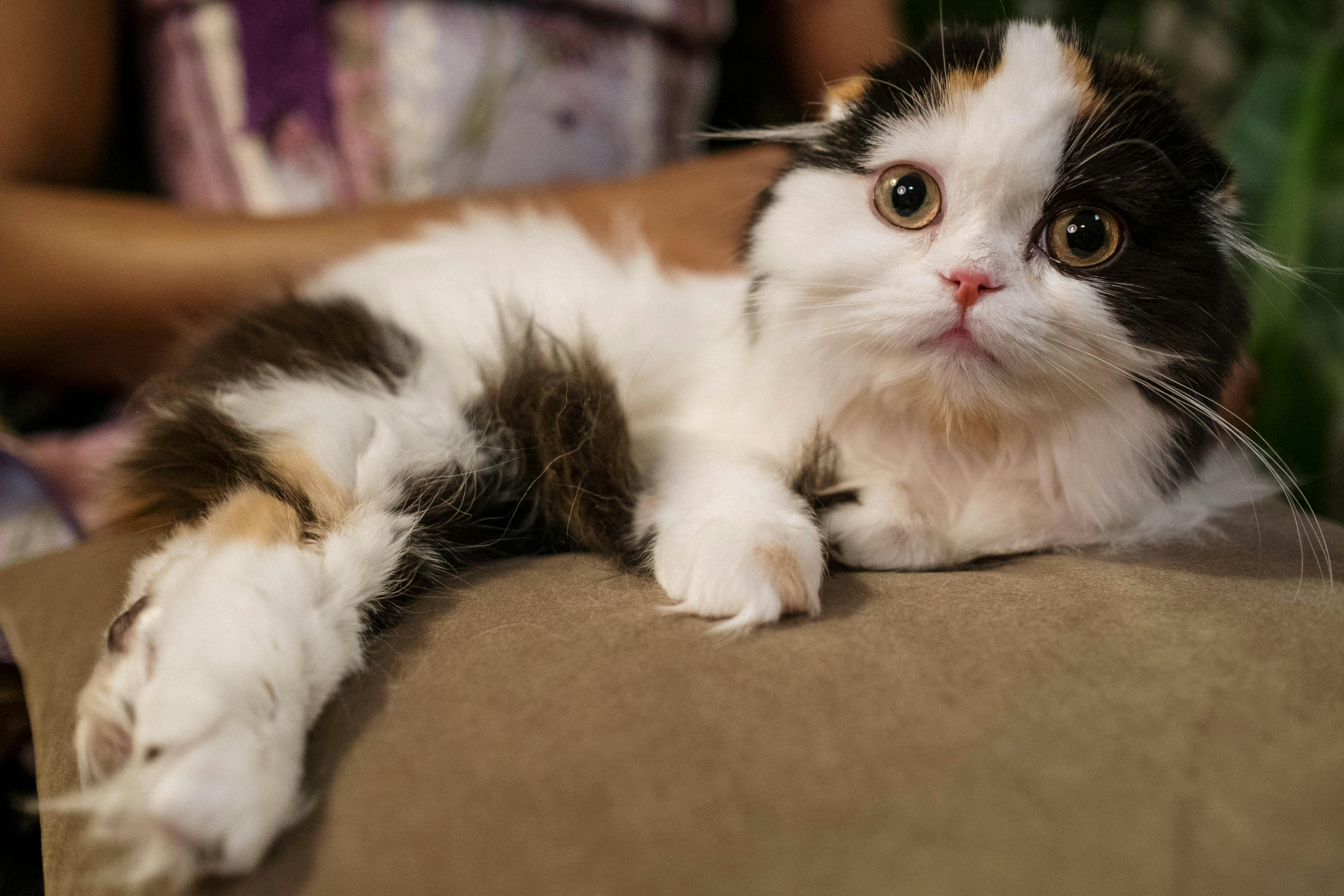
Essential Guide to Giant Angora Rabbit Care for 2025 Owners
As bunny lovers gear up for the upcoming year, owning a giant angora rabbit can be an incredibly rewarding experience. Known for their luxurious coats and gentle temperaments, giant angora rabbits are not only stunning pets but also require special attention and care. This article focuses on the key care tips needed for maintaining the health and happiness of these delightful creatures. We will cover important aspects of angora rabbit grooming, diet, housing, social behavior, and health to ensure every new owner starts off on the right foot.
By following the guidance provided, you can enhance the quality of life for your giant angora rabbit, ensuring they thrive in their new home. The joy of having a giant rabbit is complemented by their unique characteristics, making them a perfect addition to any animal-loving family. Let's dive into the essential care tips that will help you nurture your giant angora rabbit effectively.
Key Takeaways: Understand grooming needs, feeding schedules, social behavior, and housing requirements to offer your giant angora rabbit a healthy, happy environment.
Top 5 Grooming Techniques for Giant Angora Rabbits
Grooming is crucial in maintaining the long, luxurious fur of giant angora rabbits. With their thick coats, regular grooming prevents tangles and mats while promoting skin health. Here are the best grooming techniques to ensure your rabbit’s coat remains in pristine condition.
Understanding Angora Rabbit Fur Types
The angora rabbit coats come with different fur types and lengths, which requires varied grooming methods. Providing a brief overview of these can help owners in selecting appropriate tools. The angora breed boasts a woolly and soft texture, with the giant angora having longer fur than its counterparts. Recognizing the characteristics of your specific rabbit's coat will guide you in selecting the right grooming tools and frequency of grooming required.
Essential Grooming Tools
Investing in the right grooming tools is vital for maintaining your giant angora rabbit's coat. Basic grooming tools include a slicker brush, combs, and grooming gloves. The slicker brush is effective for detangling and removing loose fur, while a comb helps in reaching smaller tangles. Ensure these tools are gentle and specifically designed for rabbits to avoid skin irritation.
Establishing a Grooming Routine
Creating a grooming schedule will help in maintaining your rabbit's fur. It is advisable to groom your giant angora rabbit at least once a week, increasing the frequency during shedding seasons. Regular sessions will keep your rabbit comfortable, keep their coat healthy, and foster a bond between you and your pet.
Common Mistakes to Avoid
Grooming can sometimes be tricky. Common mistakes include using human grooming tools, which can be harsh on their sensitive skin, or neglecting to check for parasites and skin issues. Always ensure to examine your rabbit's skin while grooming and consult a vet if you notice any irregularities.
Success Indicators in Grooming
Indicators of successful grooming include a shiny, smooth coat free from knots and mats. Also, watch your rabbit's behavior during grooming; they should be calm and relaxed, indicating that they are comfortable with the routine you have established.
Feeding Guidelines for Giant Angora Rabbits
Feeding is a significant aspect of caring for giant angora rabbits. These large breeds have unique dietary needs to help maintain their energy levels and coat quality. This section will highlight the best practices for feeding your angora rabbits.
Creating an Optimal Feeding Schedule
Feeding giant angora rabbits requires a regular schedule. It is recommended to feed them hay as their primary food source due to its high fiber content, which aids digestion. Incorporating fresh vegetables into their diet every day and a small amount of pellets can also contribute to their overall health. Providing water at all times is essential; consider using a heavy water bottle to prevent spillage.
Choosing the Best Foods for Angora Rabbits
Select high-quality hay such as timothy or orchard grass, which are beneficial for their digestive system. Fresh greens such as romaine lettuce, cilantro, and parsley can be offered in moderation. Remember, introduce new foods gradually to prevent gastrointestinal upset.
Monitoring Weight and Health
Keeping a close eye on your rabbit's weight is crucial. Regular weigh-ins can help monitor their health and adjust their diet accordingly. Any significant weight loss or gain could indicate underlying health issues requiring vet consultation.
Common Dietary Mistakes to Avoid
Avoid feeding your giant angora rabbit sugary treats or starchy foods like bread or cereals, as these can lead to obesity and dental problems. Stick to natural, fiber-rich foods and always consult with a veterinarian if you're unsure about their diet.
Indicators of a Balanced Diet
Healthy rabbits typically exhibit lively behavior, maintain a good weight, and produce adequate, healthy droppings. If your rabbit shows irregular behavior, consult with a veterinarian regarding their diet.

Creating a Comfortable Housing Environment
A comfortable and safe housing environment is vital for the well-being of giant angora rabbits. Proper housing allows them to thrive physically and mentally. Let’s explore the key features that should be incorporated in your rabbit's habitat.
Housing Requirements for Giant Rabbits
Giant angora rabbits require spacious housing with enough room to hop and stretch. A suitable hutch should be at least 4 feet long, 4 feet wide, and 3 feet high. Ensure the hutch is easy to clean, well-ventilated, and protects them from harsh weather.
Best Bedding Options for Angora Rabbits
Choosing the right bedding is essential for your rabbit's comfort. Paper-based bedding, such as recycled paper pellets, is a great option as it is absorbent and non-toxic. Avoid cedar shavings, which can be harmful to rabbits. Consistently clean their bedding to maintain a hygienic environment.
Providing Enrichment for Giant Angora Rabbits
Enrichment is vital for a giant angora rabbit’s mental stimulation. Providing toys, tunnels, and a space for exercise can combat boredom and reduce stress. Consider rabbit-safe toys made from natural materials such as wood or hay.
Safety Measures for Housing
Ensure that your rabbit's environment is safe from predators and hazards. Cover any gaps in the hutch to prevent escapes and protect your rabbit from outside threats. Monitoring their space regularly can help identify any safety issues.
Indicators of a Good Housing Setup
Signs of a suitable living environment include your rabbit feeling secure and comfortable, showcasing normal exploratory behaviors, and regularly using their litter box. Maintain a degree of cleanliness to promote a healthy living space.

Understanding Giant Angora Rabbit Social Behavior
Angora rabbits are known for their sociable nature, and understanding their social behaviors is essential for a happy and well-adjusted pet. This section highlights how to foster socialization and bonding with your rabbit.
Socializing Your Giant Angora Rabbit
Start socializing your angora rabbit as young as possible. Regular interaction and handling will help your rabbit become accustomed to being around people. Use positive reinforcement and gentle handling techniques to build trust and confidence.
Identifying Signs of Stress and Comfort
A keen understanding of your rabbit’s body language and vocalizations can help in assessing their comfort levels. Relaxed ears, a wagging tail, and licking are signs of contentment, while thumping feet or hiding indicate stress. Respond promptly to their behaviors to ensure their well-being.
Feeding and Bonding Techniques
Feeding can be a bonding experience; consider hand-feeding your giant angora rabbit to build trust. Providing treats when they display desired behavior encourages interaction and strengthens your relationship.
Common Social Mistakes to Avoid
Avoid overwhelming your rabbit with too much handling or prolonged exposure to loud sounds or other pets. This can lead to heightened stress levels and anxiety.
Indicators of Healthy Social Behavior
Look for signs of a well-socialized angora rabbit, such as comfortable curiosity when exploring their environment, willingness to interact, and a playful temperament.
By employing these care tips, new owners of giant angora rabbits can ensure their furry friends stay healthy, happy, and well-adjusted. Through proper grooming, nutrition, housing, and socialization, you can create a nurturing environment that promotes the well-being of your charming giant angora rabbit.
For further insights on giant rabbit care, be sure to explore related resources on rabbit health, diet, and care practices.